May 23, 2025 | 09:33 GMT +7
May 23, 2025 | 09:33 GMT +7
Hotline: 0913.378.918
May 23, 2025 | 09:33 GMT +7
Hotline: 0913.378.918
According to the Vietnam Association of Seafood Exporters and Producers (VASEP), Pakistan is among the countries with the lowest per capita seafood consumption in the world, reaching only 2 kg per person per year compared to the global average of 17 kg per person per year. In daily meals, Pakistanis primarily consume meat, especially chicken and lamb.

Vietnamese pangasius catfish is becoming increasingly popular in Pakistan. Photo: Illustration.
However, in recent years, fish-based dishes, especially those made with pangasius, have frequently appeared and are now present in almost all restaurants, hotels, and banquet events in Pakistan. The success of Vietnamese pangasius in this market is mainly due to its easily accepted taste, ease of preparation, guaranteed quality, and competitive price.
Additionally, the aquaculture and seafood processing industry in Pakistan remains underdeveloped. The country’s fish supply for both domestic consumption and export mainly comes from wild catch. However, large-scale fishing has led to a decline in the availability of natural seafood resources.
Therefore, to ensure both the quantity and quality standards of seafood products, as well as to meet the demand for pangasius fillets in high-end restaurants and hotels, Pakistan has to rely on imports.
Currently, Pakistan does not have any special regulations for imported pangasius, aside from the requirement for a health certificate. The country also has no protective measures such as anti-dumping duties or other technical barriers. Therefore, VASEP believes that Vietnamese enterprises should pay more attention to developing pangasius exports to Pakistan.
Vietnam's seafood exports to Pakistan average around USD 19 million per year, accounting for nearly 1% of Vietnam’s total seafood exports to global markets. The main export product to Pakistan is pangasius, which makes up 98% of Vietnam's total seafood exports to this market. Vietnam also exports shrimp to Pakistan, mainly black tiger shrimp, followed by white-leg shrimp, though in much smaller volumes.
Translated by Kieu Chi
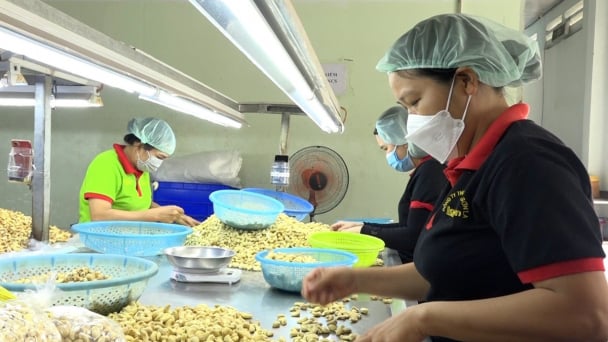
(VAN) Market expansion is a matter of survival for Vietnamese businesses amid fierce competition and global supply chain fluctuations.
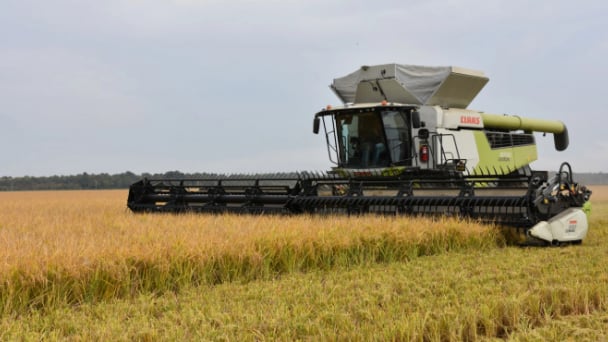
(VAN) Global market prospects for U.S. long-grain rice for the upcoming marketing year.
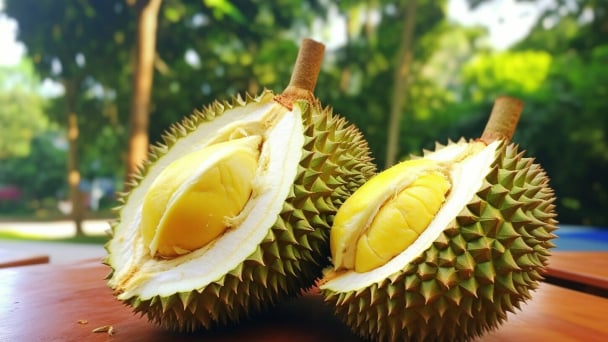
(VAN) China’s General Administration of Customs started permitting fresh durian shipments from Cambodia after a phytosanitary protocol was signed with the Cambodian Ministry of Agriculture in late April.
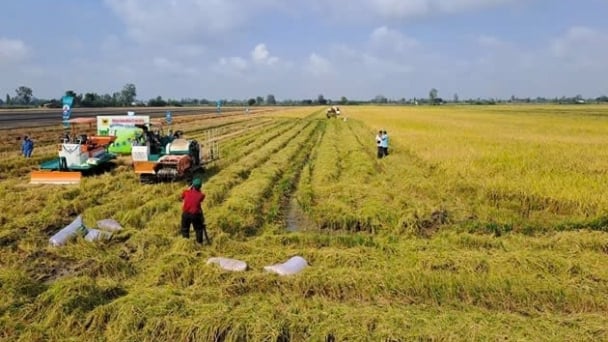
(VAN) To operate carbon market, one of the key issues is determining which types of 'commodities' meet the standards to be traded on the market.
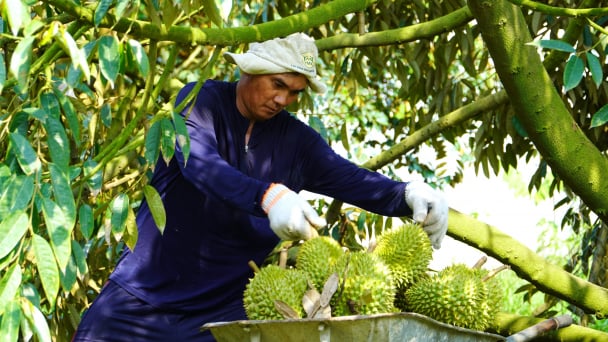
(VAN) Durian-producing localities need to coordinate more effectively with central authorities to improve the traceability, monitoring, and response systems in case of violations.
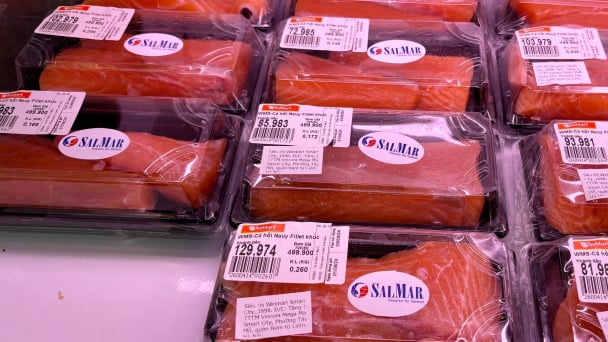
By minimizing waste, embracing modern technology, and expanding into niche markets, SalMar - the second largest producer of Atlantic salmon in the world has built a successful strategy to conquer the global market.
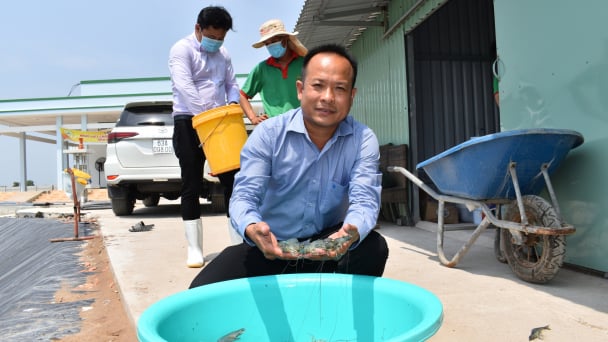
(VAN) One of the key factors for businesses to effectively take advantage of tariff preferences under these FTAs is the rules of origin.